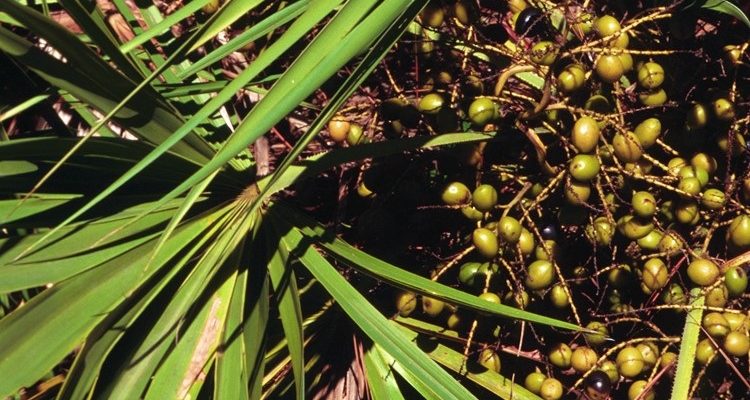Native to the subtropical regions of America, the saw palmetto was used both for food and medical use of the Indians of yesteryear. Its health benefits were, in fact, already known for centuries by the inhabitants of this part of the American continent. However, it was only after research in Europe that its virtues were recognized worldwide. You can learn more about it now.
Presentation of the Saw palmetto
The Serenoa repens is a species of palm tree that grows naturally in sandy areas and the dry subtropical America. It occurs mainly in Florida, Texas, South Carolina and in various parts of Central America. With creeping stipes, the plant rarely exceeds 2.5 meters in height unlike other species of palm trees which, moreover, is at the origin of its appellation dwarf palm.
- The fruit of the plant, strongly resembling the black olive, ripens in the rainy season. It has long been consumed as dates by Native Americans living in the subtropical regions of North America. Therapeutic virtues have even been attributed to it by ancestral medicines. It served in particular as an aphrodisiac and a remedy against various disorders of the urogenital system in humans. Among these were mainly cystitis, gonorrhea and irritation of the mucous membranes. In women, the berry was the recommended treatment for breast disturbances.
- While the use of saw palmetto was forgotten in its country of origin, various researches have been carried out on its fruit in Europe. Most have confirmed the health benefits, advanced centuries ago by the Indians. Active ingredients found in lipidosterol extracts turn out to be beneficial on the male urogenital system. Today, this type of extract is used in many pharmaceutical products.
Dwarf Palm Health Benefits
Saw palmetto is used for the treatment of certain pathologies. Among these are:
Benign prostatic hyperplasia
Numerous studies have advanced the efficacy of saw palmetto for the management of benign enlarged prostate. Extracts from the plant have significantly reduced the symptoms associated with this pathology. They even prove to be just as effective as synthetic drugs usually used for this purpose. They have, however, the advantage of having fewer side effects than these.
The palm produces, in fact, neither disturbances in erectile function nor drop in pressure. This is not the case with drugs, the adverse effects of which affect more than 8% of those who use them. The remedy acts, moreover, from 6 weeks of use and the symptoms do not return until several months after its discontinuation. Treatment with finasteride, one of the most used drugs against this pathology, does not take effect until at least 3 months. It must be taken for life and if stopped, symptoms return in less than a month.
Conclusion
The benefits of the plant reside in the fact that it partially inhibits the transformation of testosterone into dihydrotestosterone. The latter is, in fact, known as promoting the development of the disease. In addition, palm molecules have been observed to promote cellular apoptosis in the prostate. This will contribute to slowing down the enlargement of this organ.













Comments